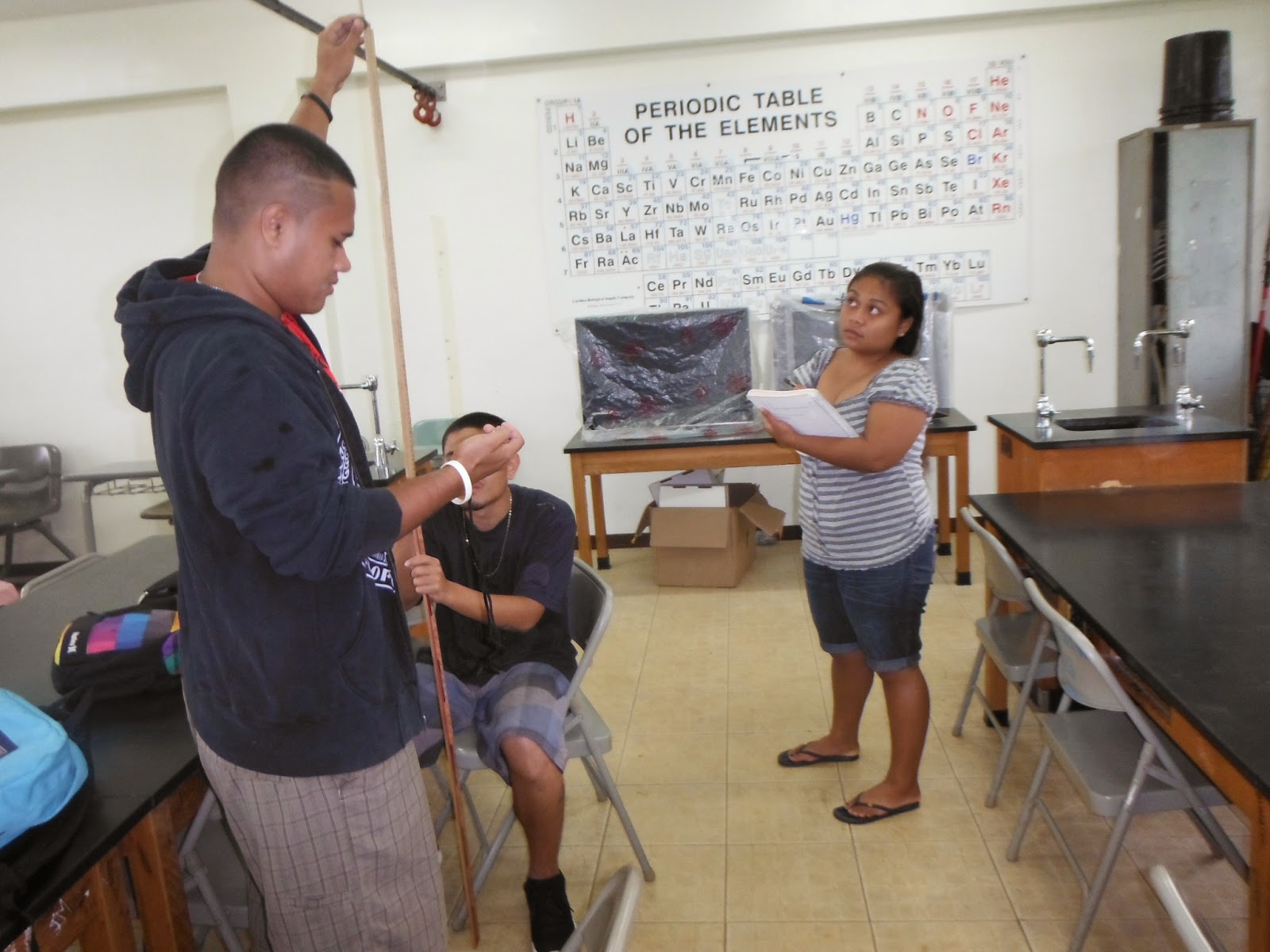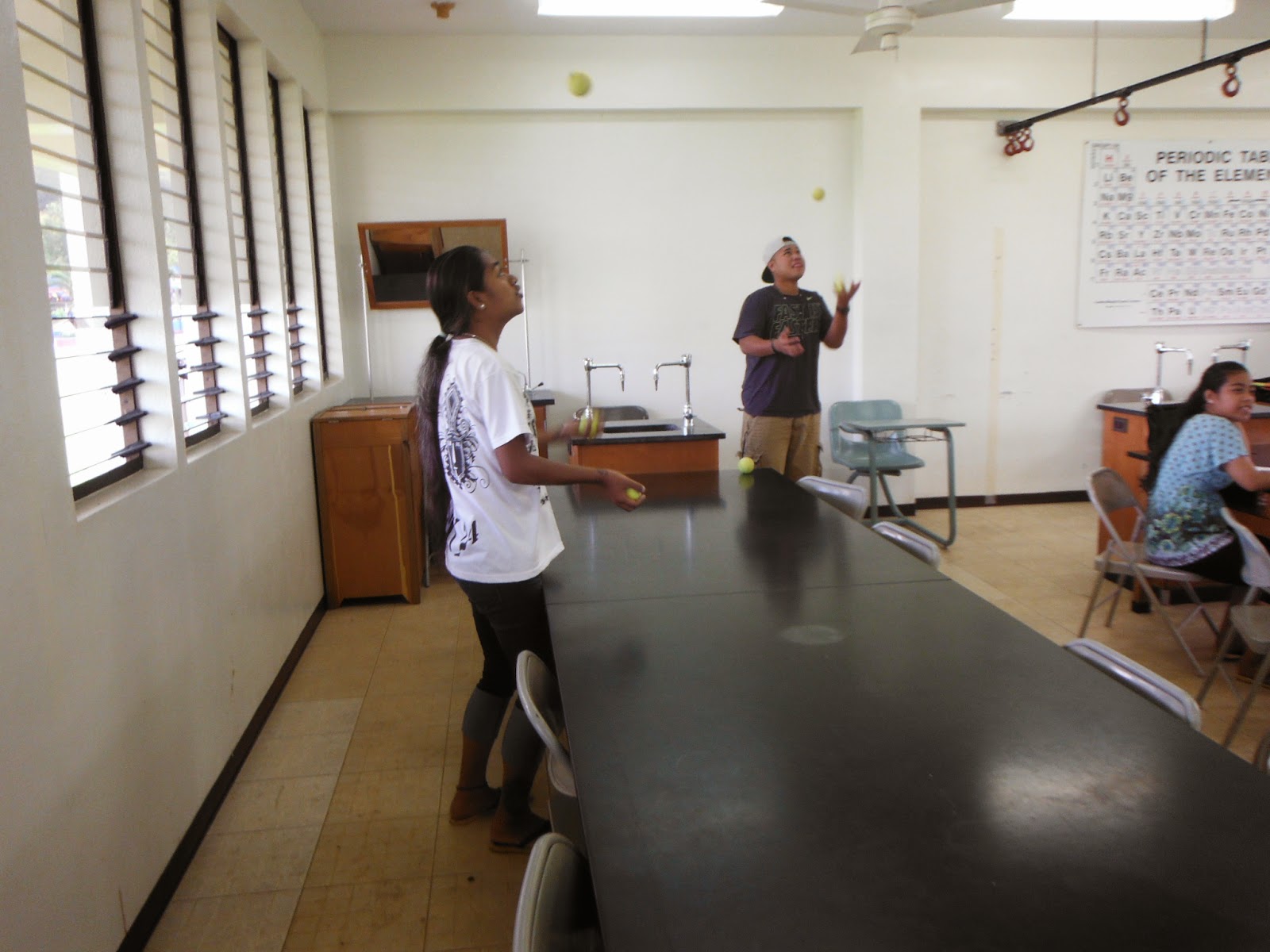Assessing learning in introductory statistics

MS 150 Statistics has for the past three years utilized a modified curriculum based on a proposed outline. The three course level student learning outcomes for MS 150 Statistics are: Perform basic statistical calculations for a single variable up to and including graphical analysis, confidence intervals, hypothesis testing against an expected value, and testing two samples for a difference of means. Perform basic statistical calculations for paired correlated variables. Engage in data exploration and analysis using appropriate statistical techniques including numeric calculations, graphical approaches, and tests. The first two outcomes involve basic calculation capabilities of the students and are assessed via an item analysis of the final examination . 76 students in three sections took the final examination. Measuring flight distance towards calculating a 95% confidence interval for the flight distances. Students build and throw their own aircraft, then the calculation sh

